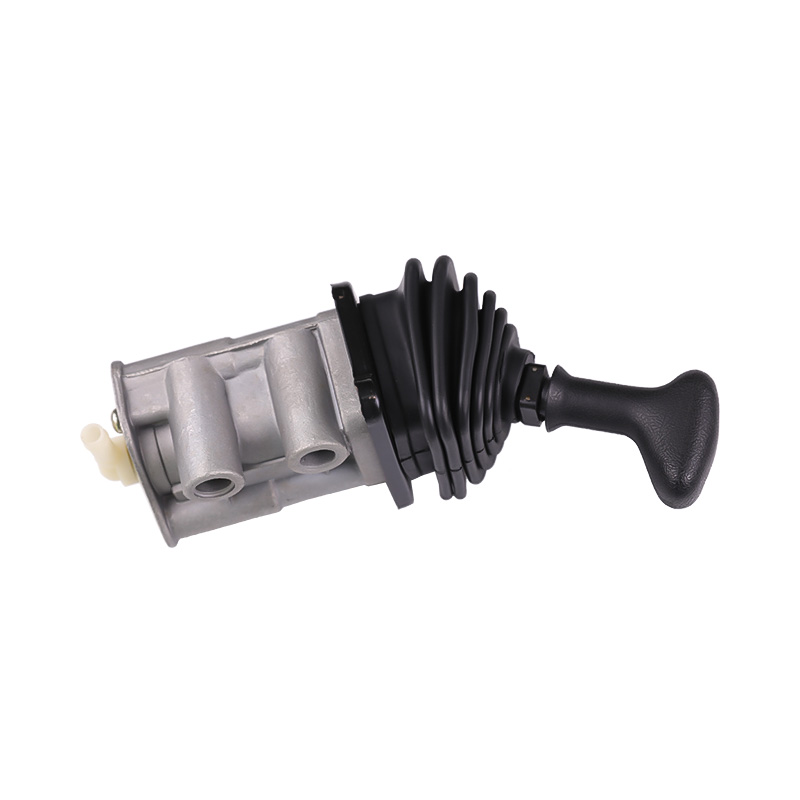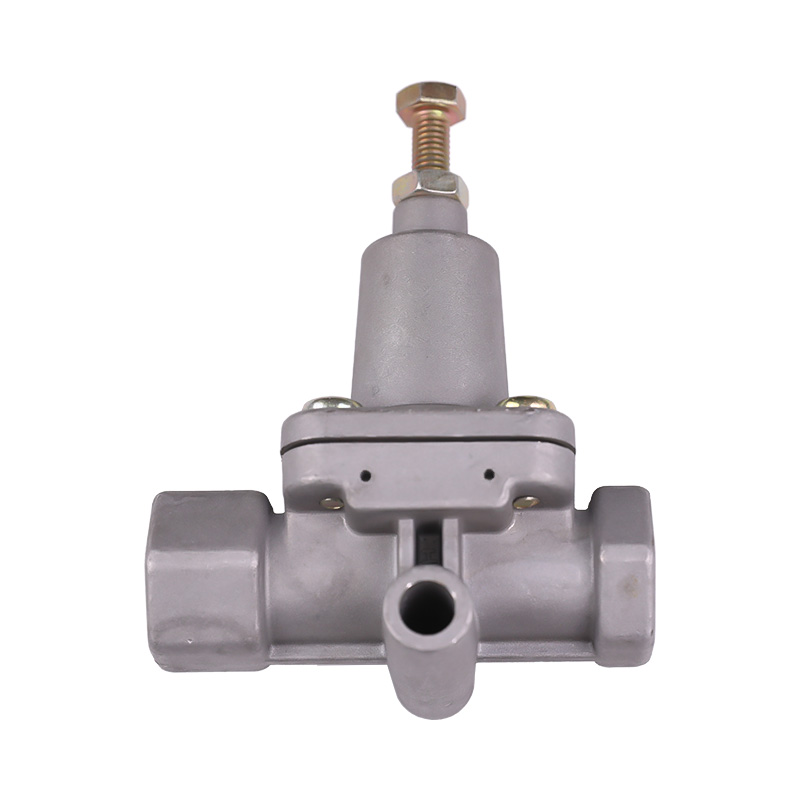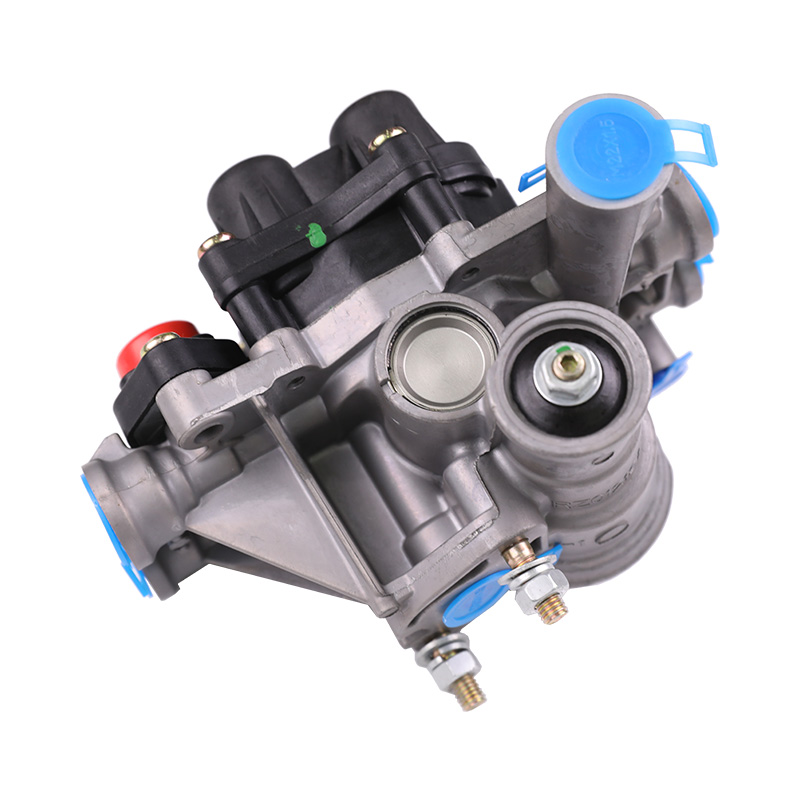The parking release valve is an indispensable key component in the hydraulic system, and its performance directly affects the safety and reliability of the equipment. In actual applications, the parking release valve may leak, which will not only cause the failure of the hydraulic system, but also may cause serious safety accidents. Therefore, it is essential to conduct a comprehensive inspection before taking appropriate measures to solve the leakage problem.
Visual inspection
Visual inspection is a simple and intuitive detection method, which is suitable for preliminary leakage judgment of the parking release valve. Regular visual inspection can help identify the following potential problems:
Oil stain observation: Check whether there are obvious oil stains or oil stains around the parking release valve, which is direct evidence of leakage.
Valve body deformation: Observe whether the valve body has deformation, cracks or other physical damage, which may cause sealing failure.
Loose connections: Check whether the connections between the valve body and other parts of the hydraulic system are firm. Loose connections may be a hidden danger of leakage.
Although visual inspection is an effective preliminary detection method, it cannot be completely relied on. It is recommended to combine other detection methods to ensure a comprehensive evaluation.
Pressure test
Pressure test is one of the important methods to detect the sealing performance of the parking release valve. By applying a certain pressure, the sealing status of the valve can be effectively judged. The specific steps are as follows:
Preparation: Before conducting a pressure test, ensure that the parking release valve is in the closed state and the hydraulic oil in the hydraulic system is discharged to a safe level.
Apply pressure: Use a pressure test device to apply a specified working pressure to the parking release valve, which should usually be 1.5 times higher than the normal working pressure.
Observe the pressure change: Monitor the reading of the pressure gauge while applying pressure. If the pressure continues to drop, it may indicate that the valve is leaking.
Record data: Record various parameters during the test for subsequent analysis and comparison.
Pressure testing is an effective means to provide an important basis for judging the sealing performance of the valve.
Air tightness test
Air tightness testing is a more accurate detection method suitable for in-depth leakage analysis of parking release valves. This method usually includes the following steps:
Prepare gas: Select a suitable gas (such as nitrogen or air) as the test medium to ensure that it is non-toxic and non-flammable.
Seal the valve: Completely seal the parking release valve to ensure that the test gas does not leak to the outside.
Apply air pressure: Apply a certain air pressure to the valve, usually between 0.5-1.0 MPa.
Detect leaks: Use a gas detection instrument (such as a gas detector or soapy water) to check if there is gas leakage on the valve surface. If bubbles or abnormal gas concentration are detected, it means that the valve is leaking.
The air tightness test is highly sensitive and can detect tiny leaks, which is particularly suitable for testing hydraulic systems with high precision requirements.






